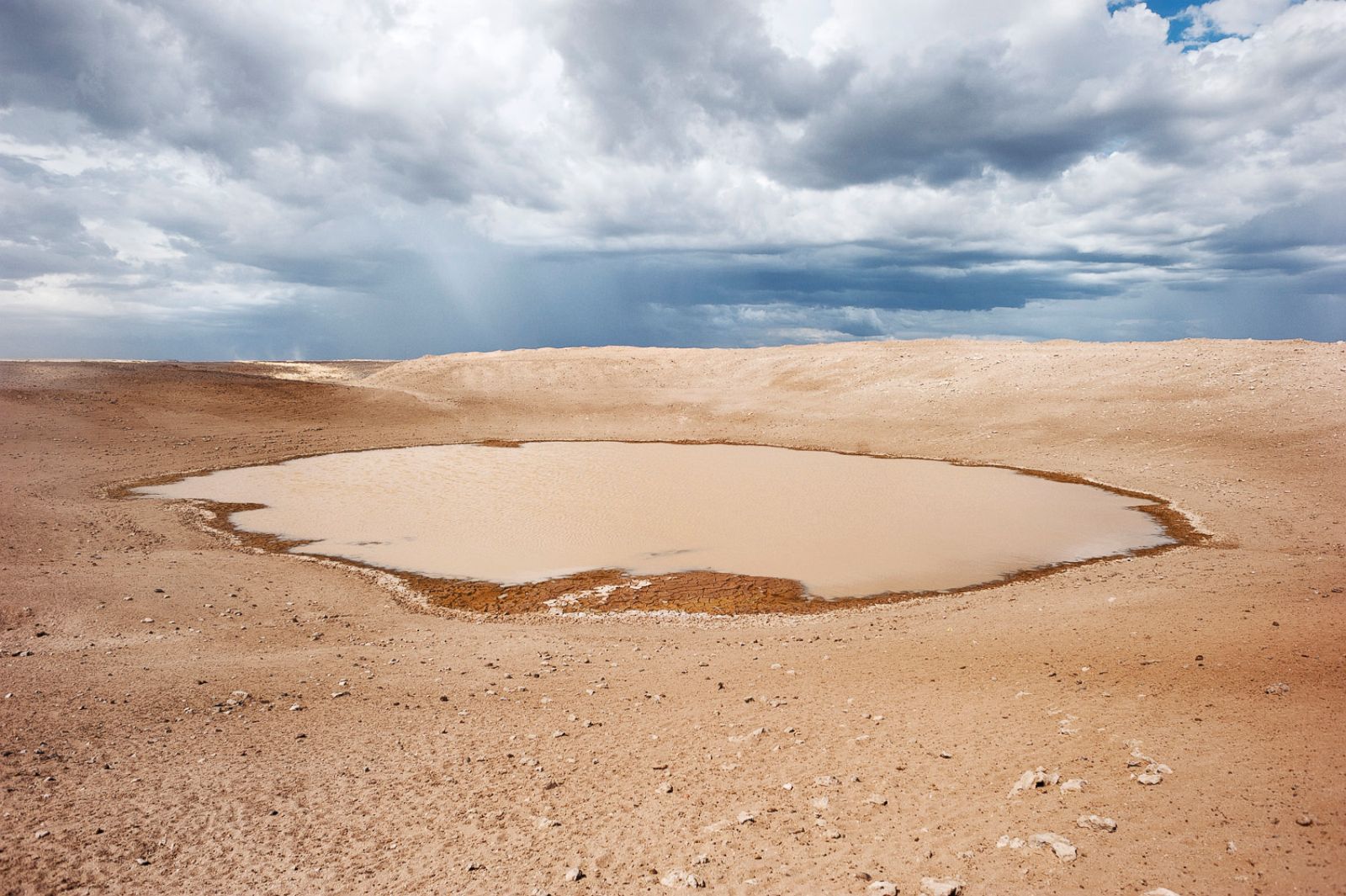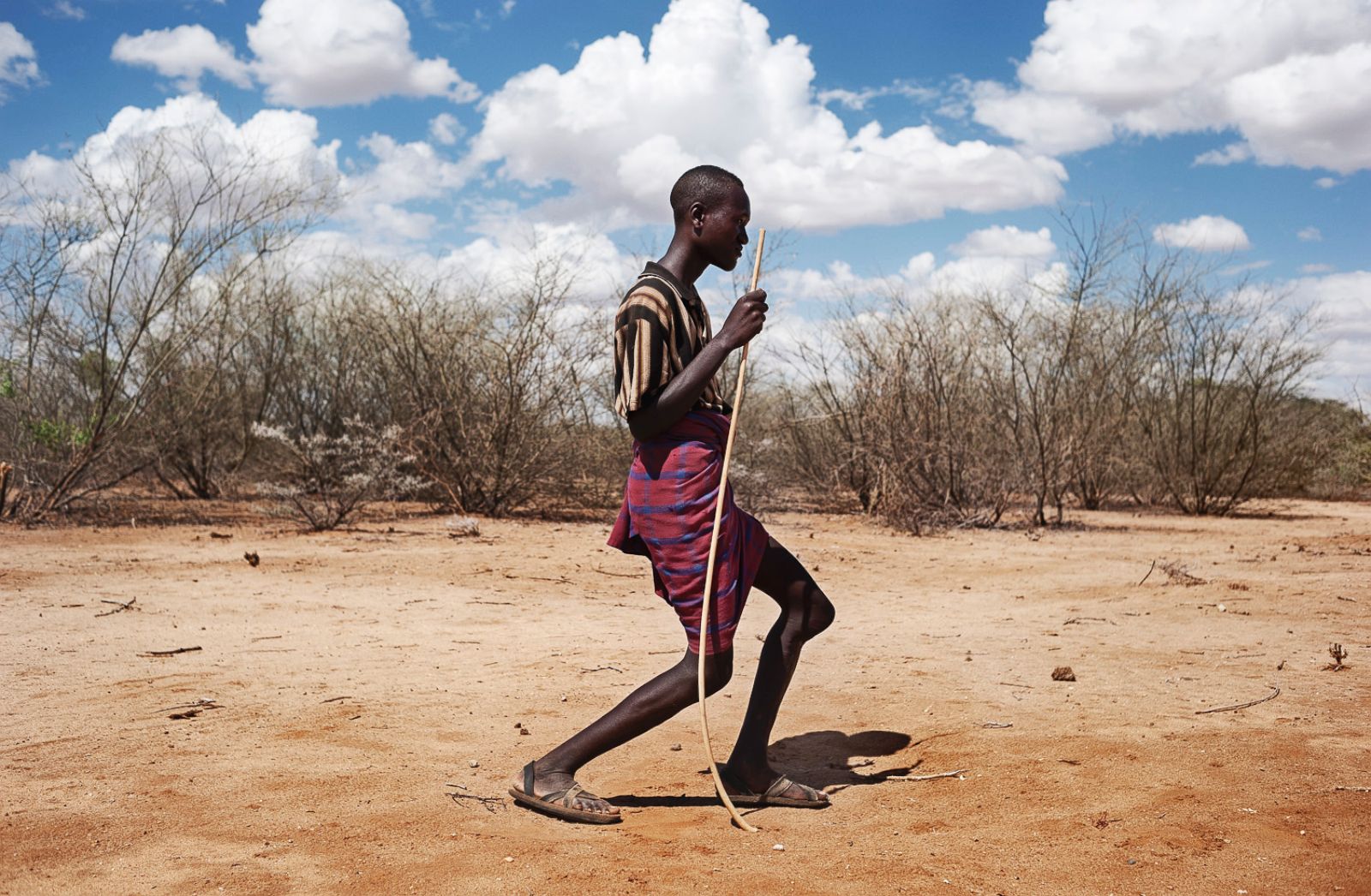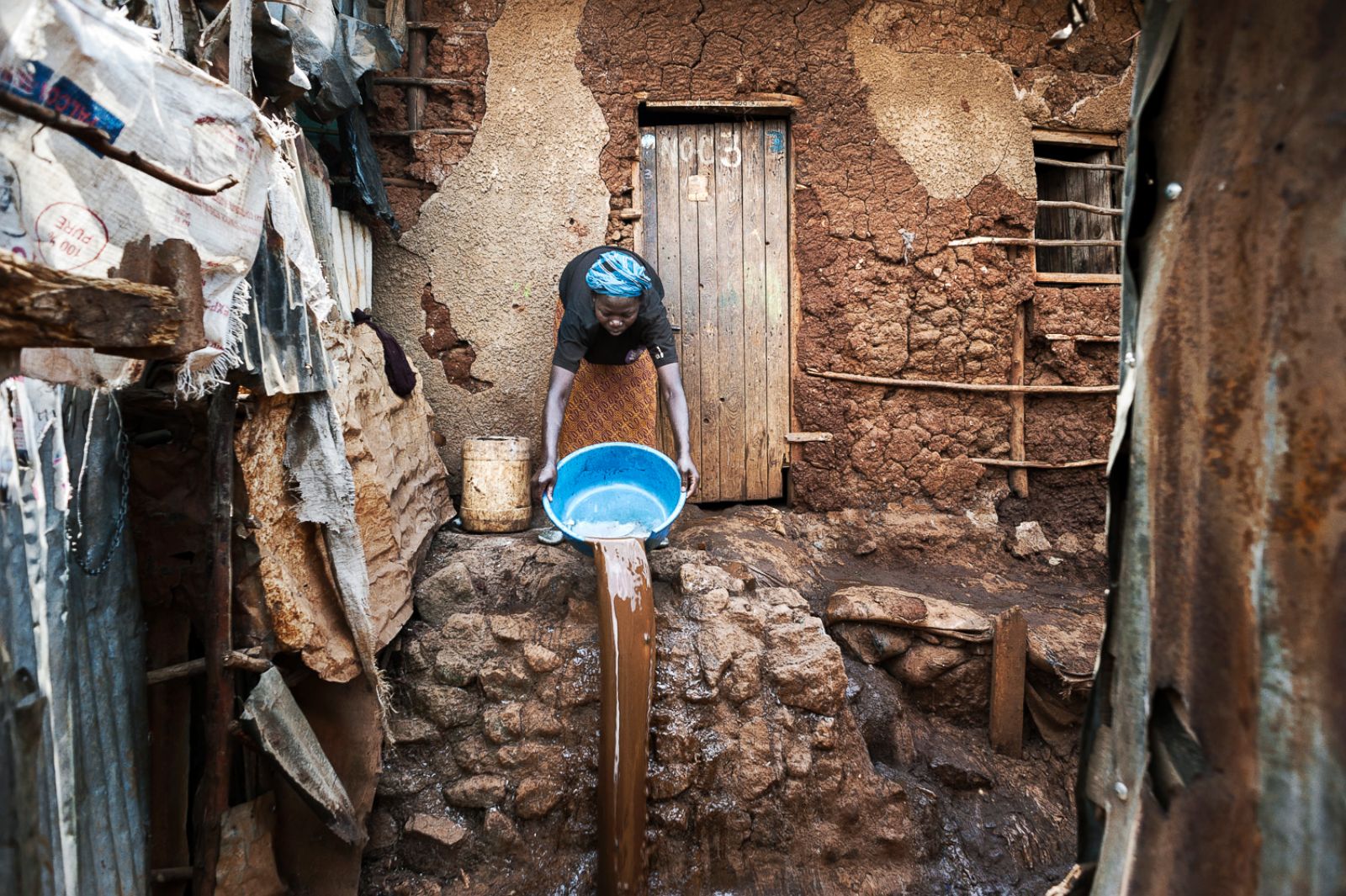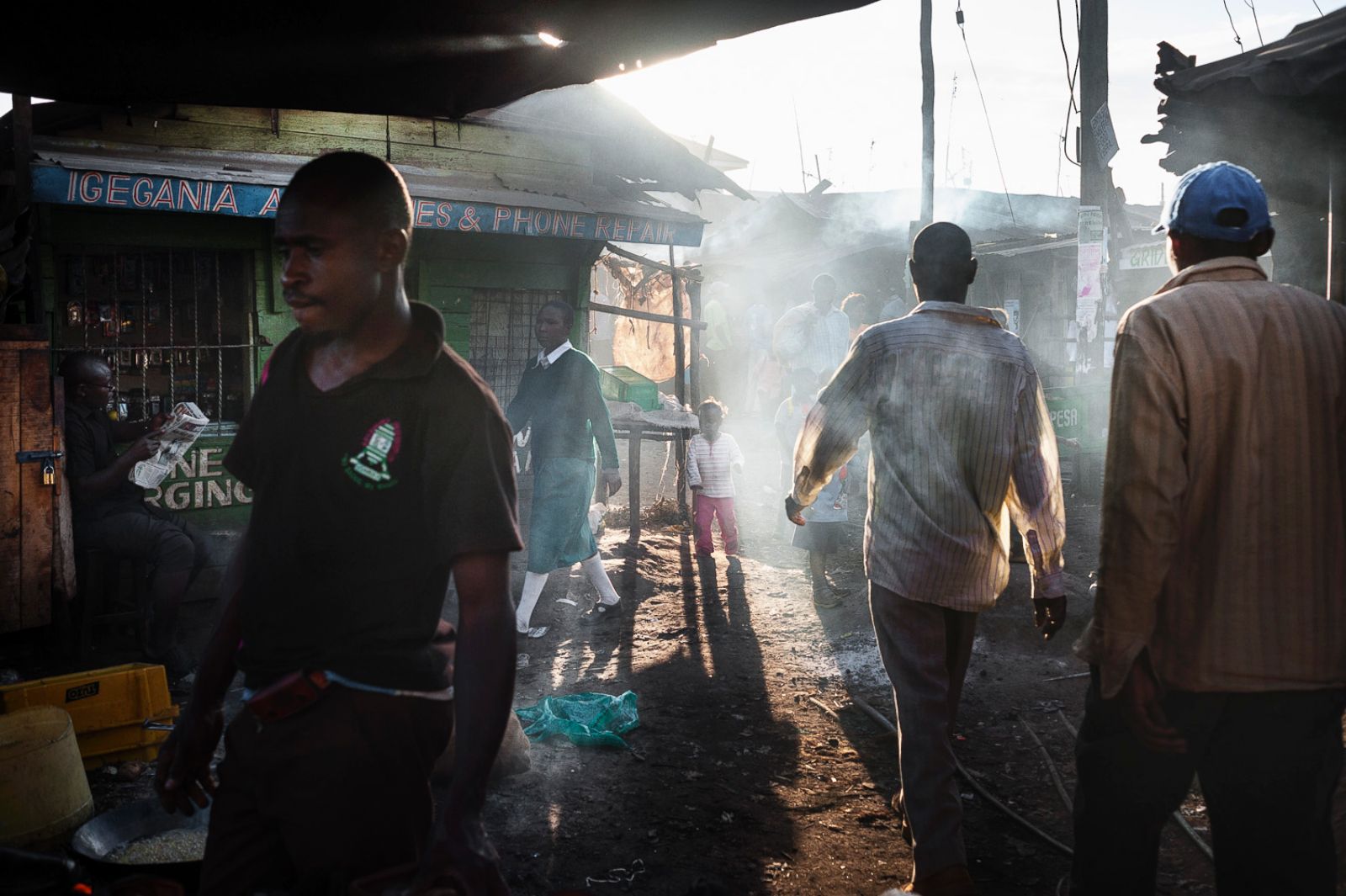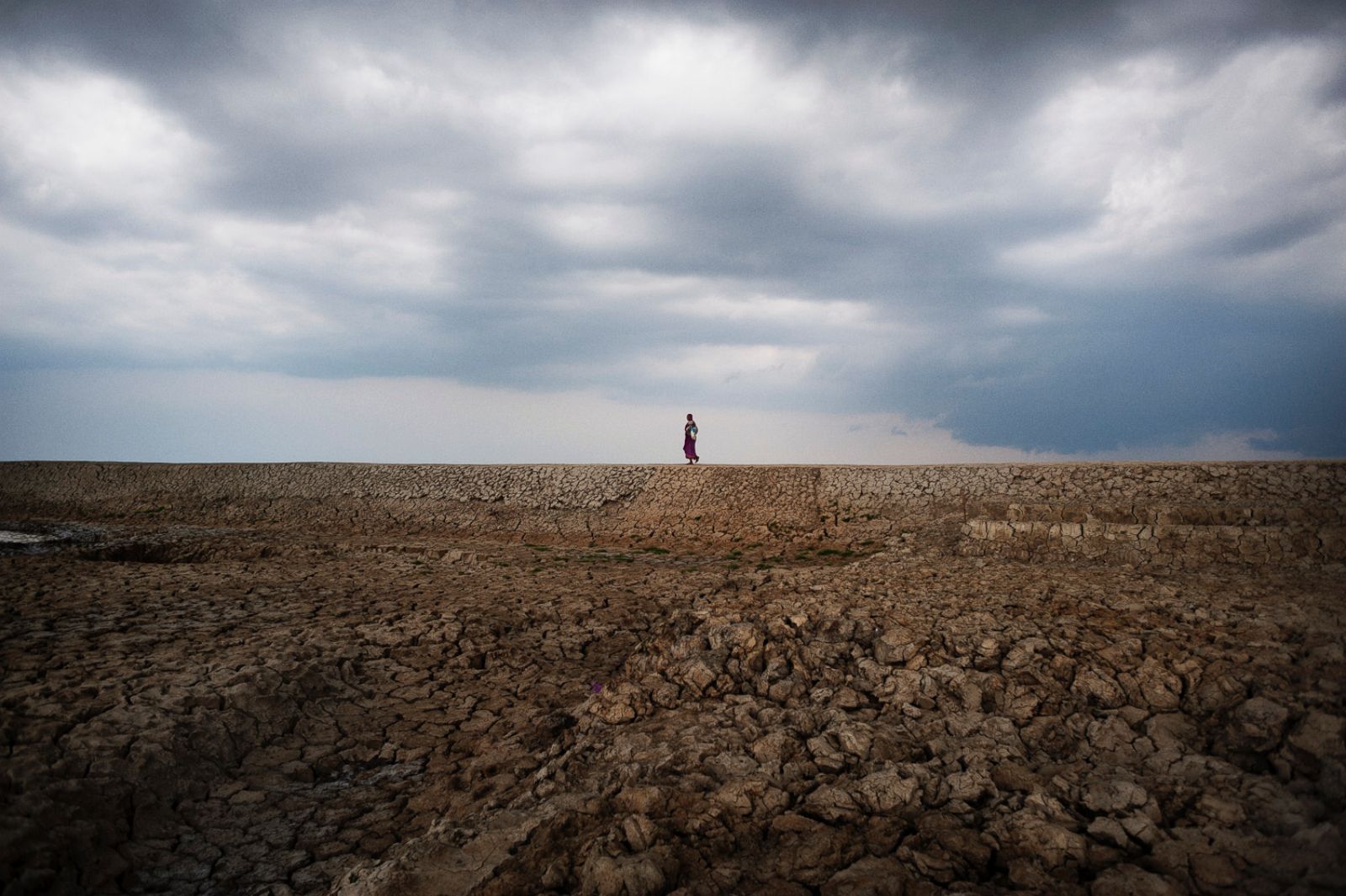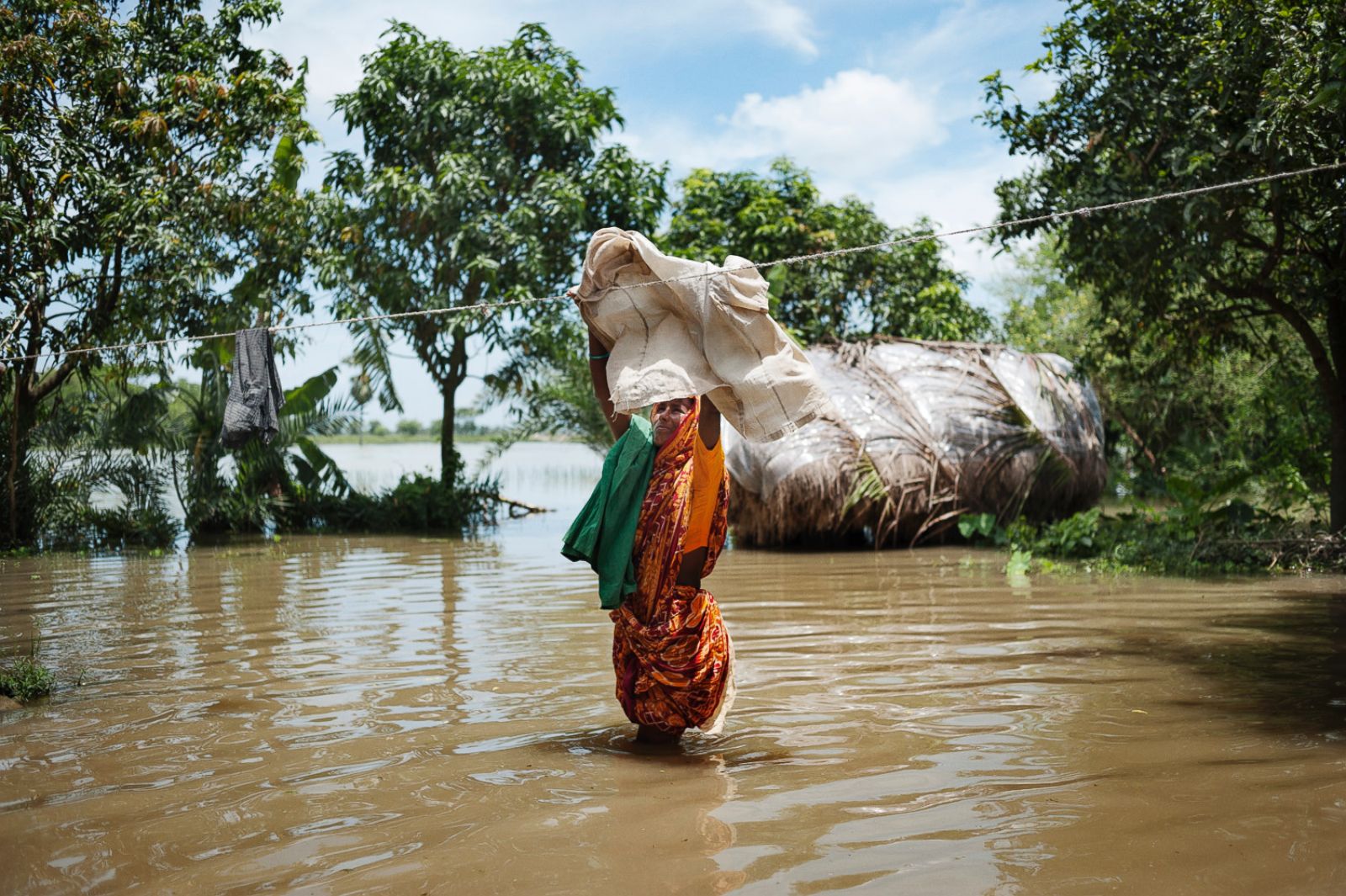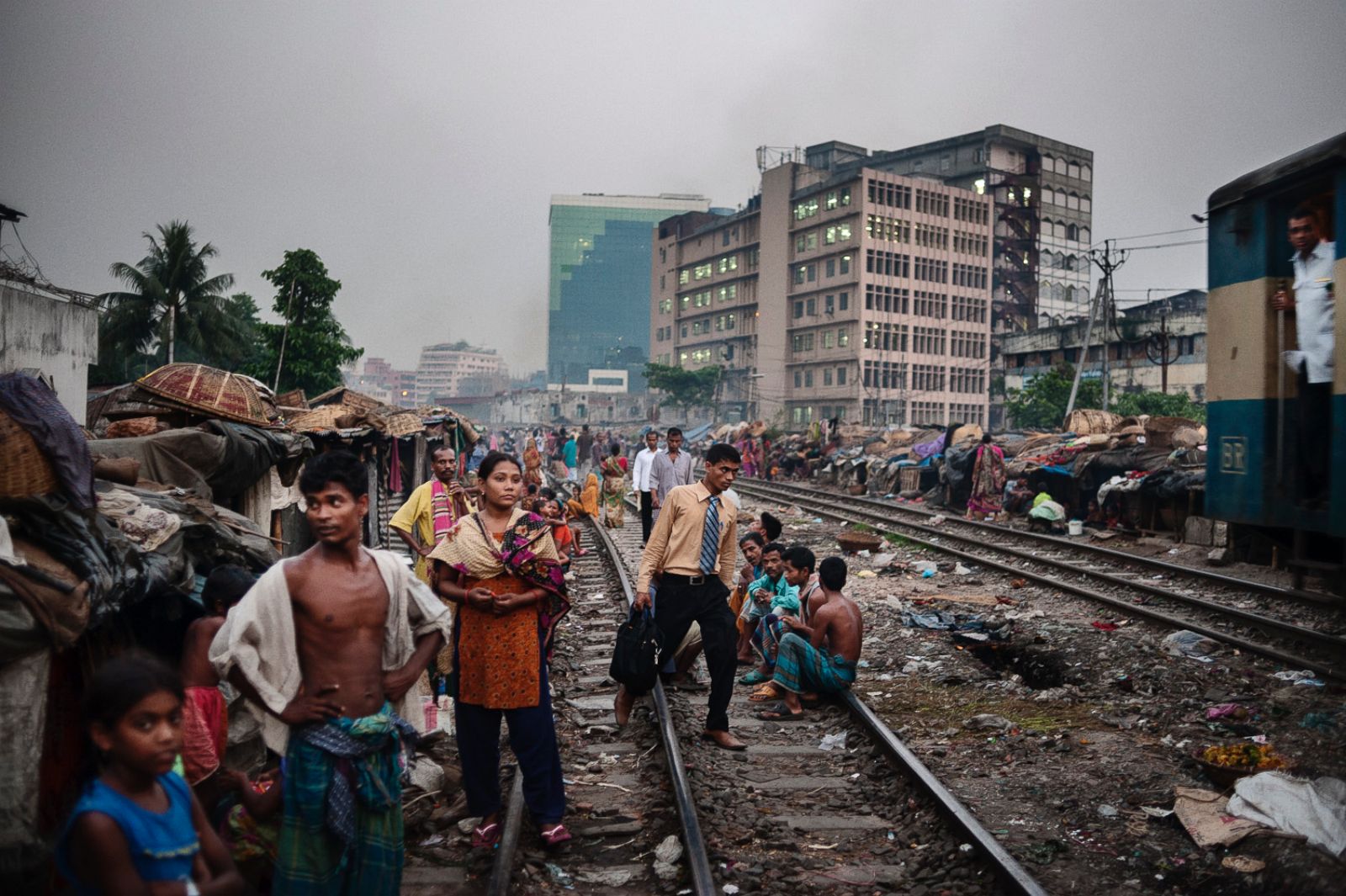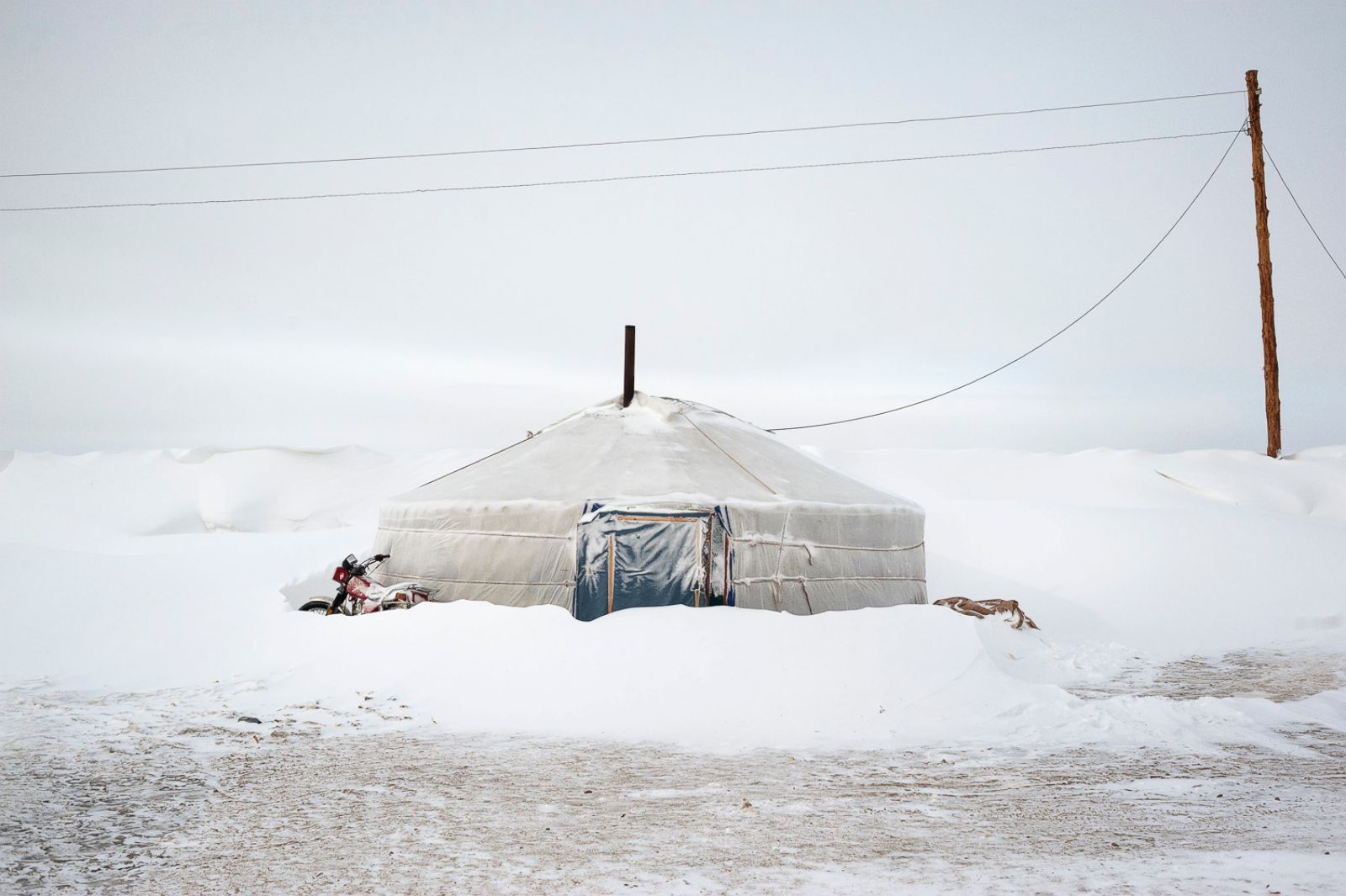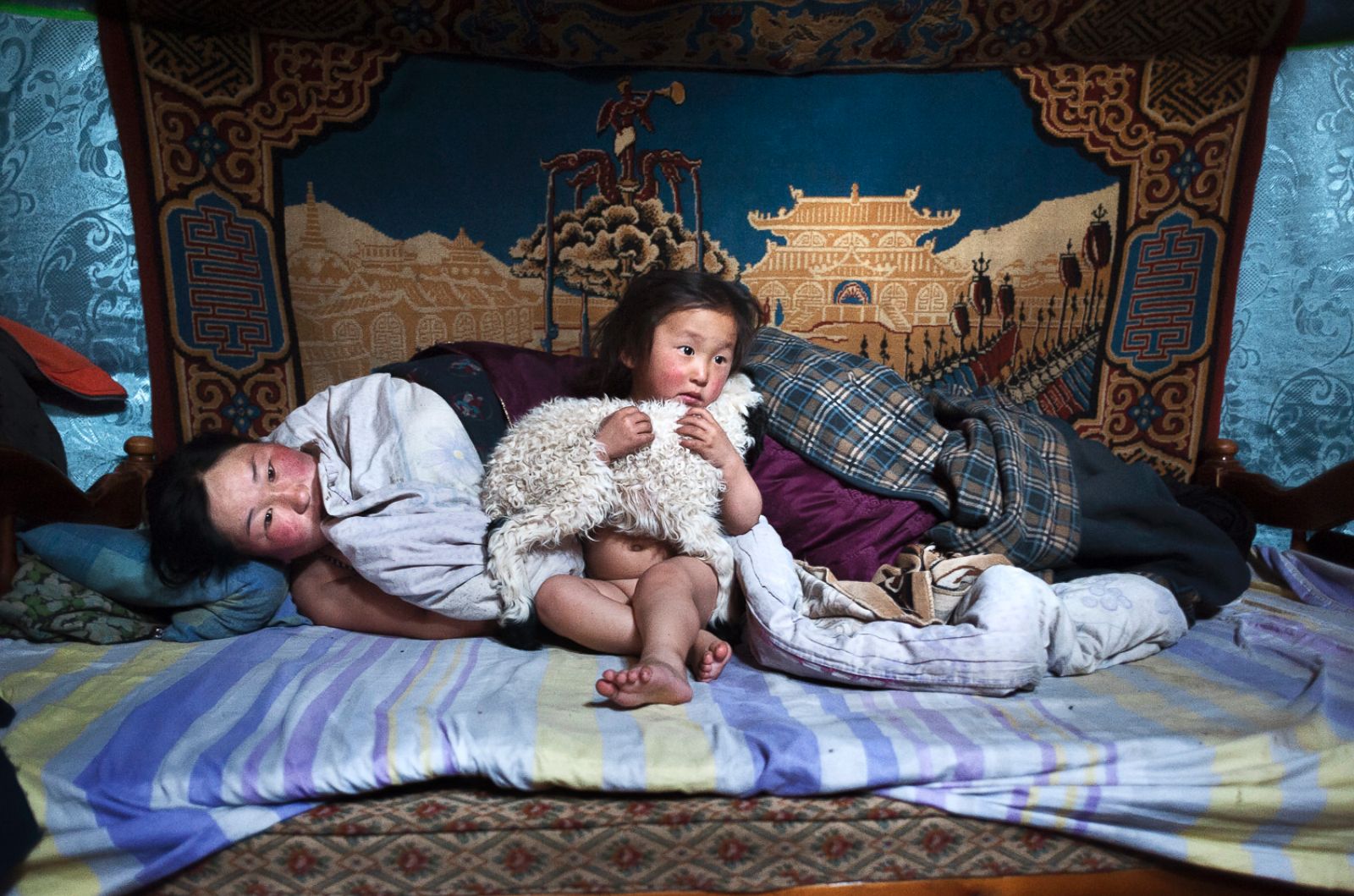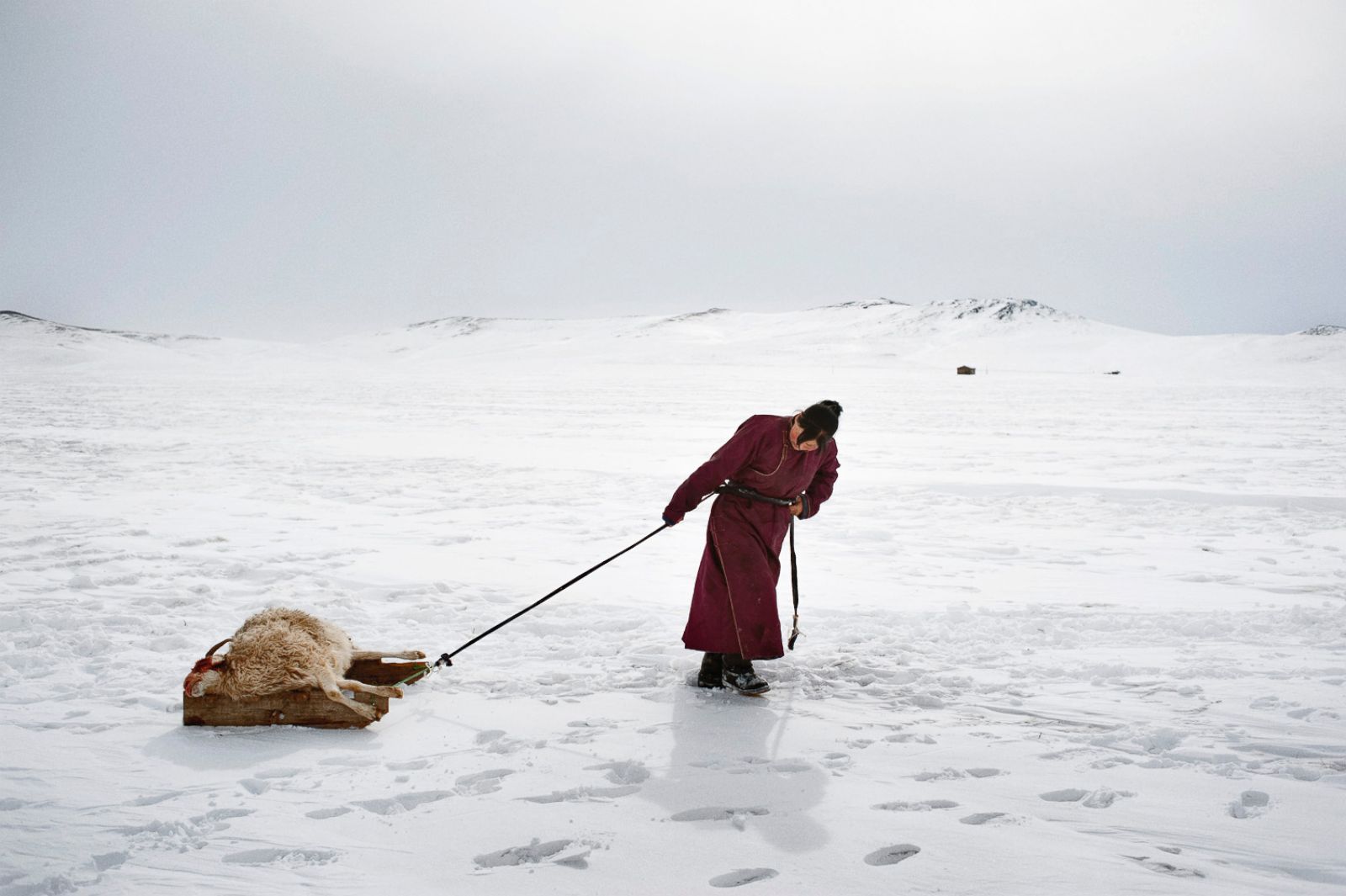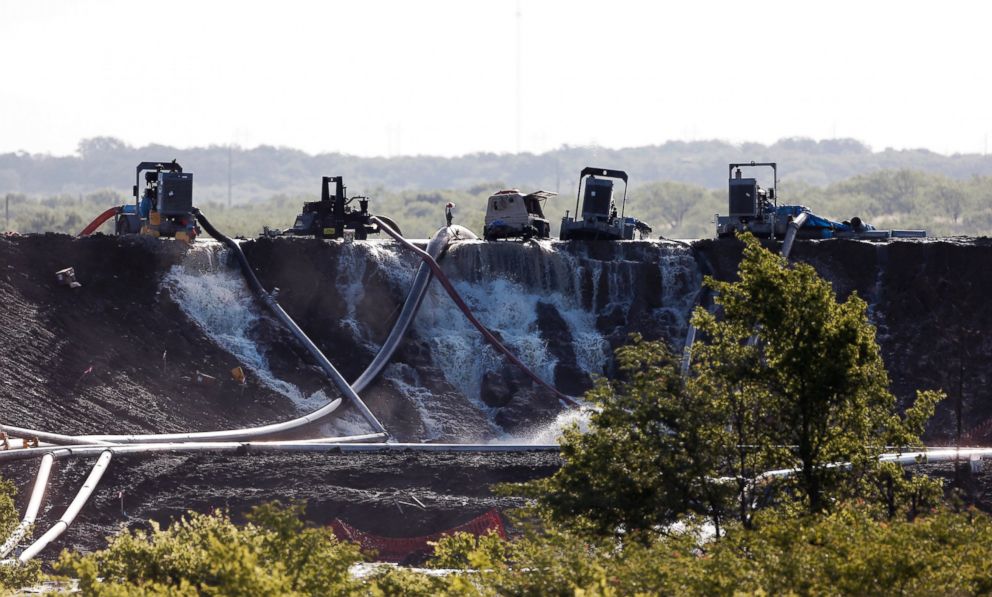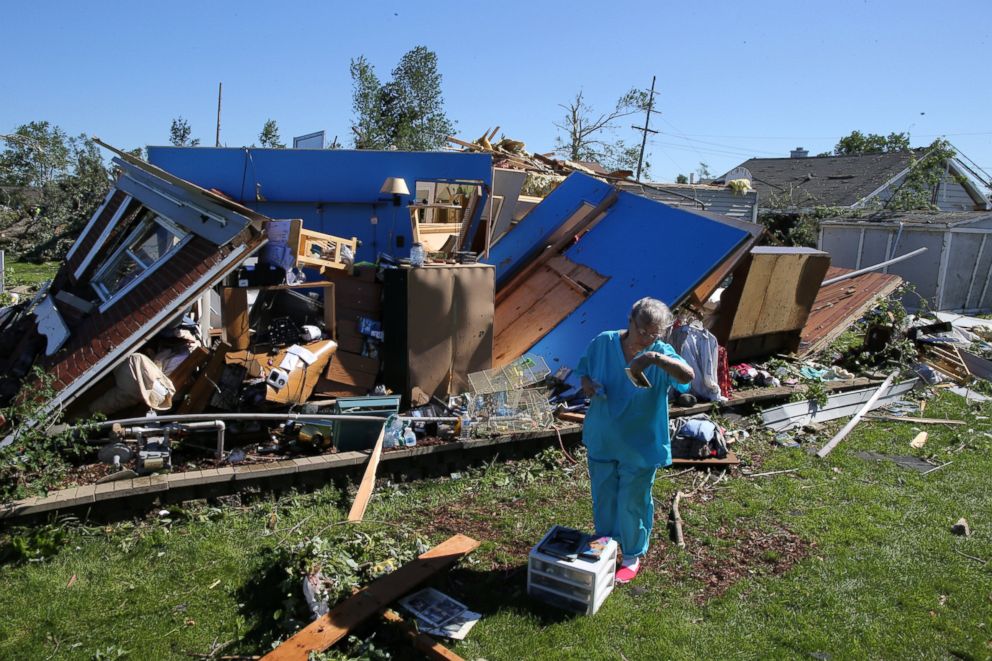Environmental Migrants: Why They Are Fleeing
1 of 10
“Environmental Migrants: The Last Illusion” by photographer, Alessandro Grassani, documents the life of people in Kenya, Mongolia and Bangladesh who migrate to escape environmental stresses to the city of their own countries in hopes for a better life. Looking for new ways of livelihood, these "Environmental Migrants" leave for urban areas which are often overcrowded and extremely poor. In this photo, a drained well in the Turkana County of Kenya which once was the only spring of drinking water for the territory. This territory is almost totally deserted due a severe draught.
